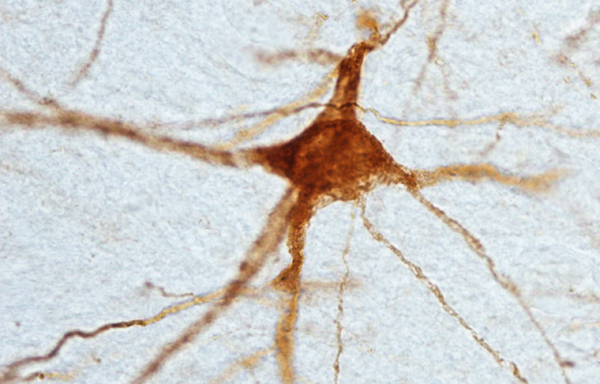Highlights from Neuroscience 2012
A collection of reports from the Society for Neuroscience annual meeting, New Orleans
- More than 2 years ago
Stem cell implants for Parkinson’s show promise in monkeys
Specialized human stem cells can mature in the brains of monkeys with a Parkinson’s-like disease. That finding, presented October 15, suggests that stem cells may be able to replenish dying brain cells in people with Parkinson’s. Three months post-transplantation, the human cells seemed to be flourishing in rhesus monkeys’ brains. The cells assumed the triangular shape of neurons and sprouted long, elaborate projections that send and receive messages. “We were just blown away when we saw these cells,” said study coauthor Dustin Wakeman of Rush University Medical Center in Chicago. Observations suggested the cells produce the brain chemical dopamine, just like the cells that are destroyed in people with Parkinson’s.

Hypochondria makes a mark in the brain
The brains of hypochondriacs overreact to seeing words representing potentially innocuous health symptoms, a finding that may help explain how mild headaches morph into deadly brain tumors in the minds of people with an overdeveloped fear of illness. Brain scans of 34 people diagnosed with the disorder uncovered high activity in the rostral anterior cingulate and the amygdala, Daniela Mier of the University of Heidelberg in Germany reported October 16. That activity may represent an excessive emotional response, she said.
Tobacco compound protects against head injury
A substance in tomatoes, eggplants and dietary supplements fights the fallout after traumatic brain injuries in mice. After a damaging blow to the brain, mice that were given anatabine were able to find their way out of mazes faster than mice receiving a placebo. Derived from tobacco, anatabine works by curbing harmful inflammation that can result after a brain injury, neuroscientist Fiona Crawford of the Roskamp Institute in Sarasota, Fla., said October 14. Soldiers, athletes and other people at risk of head injuries may benefit from taking anatabine prophylactically.






